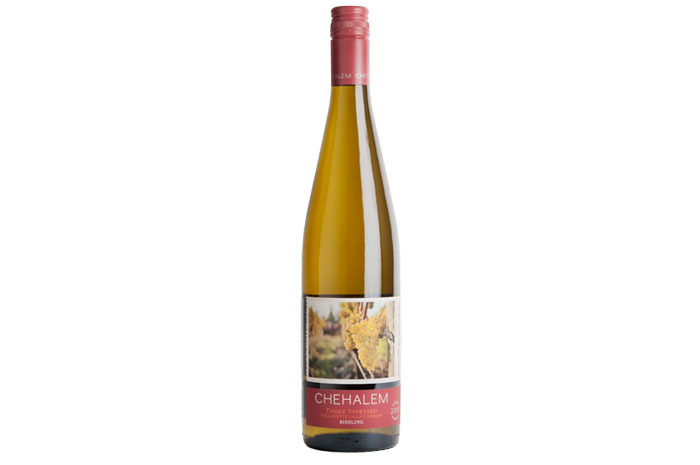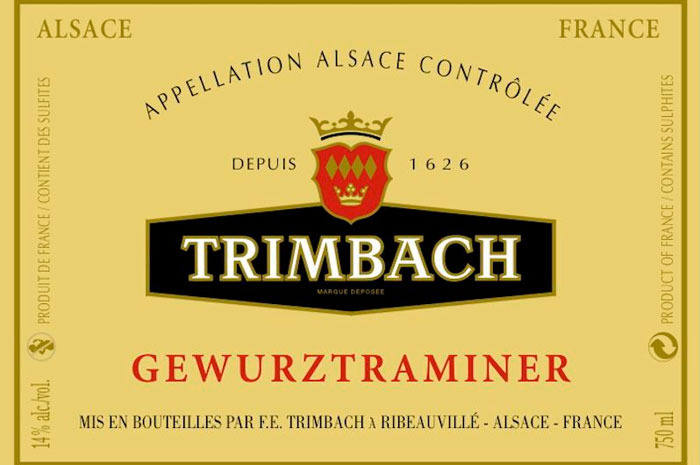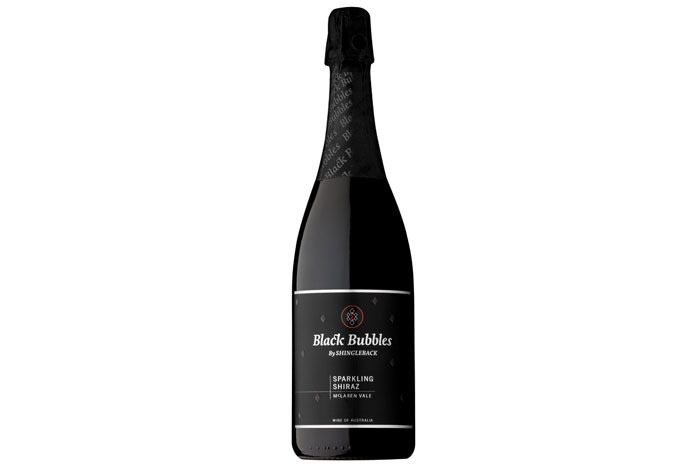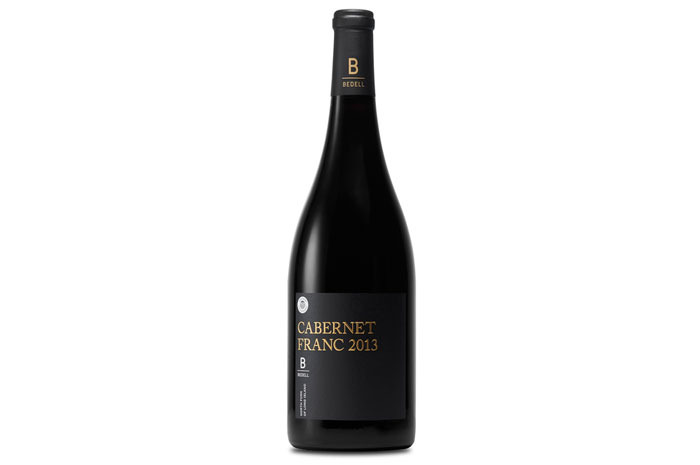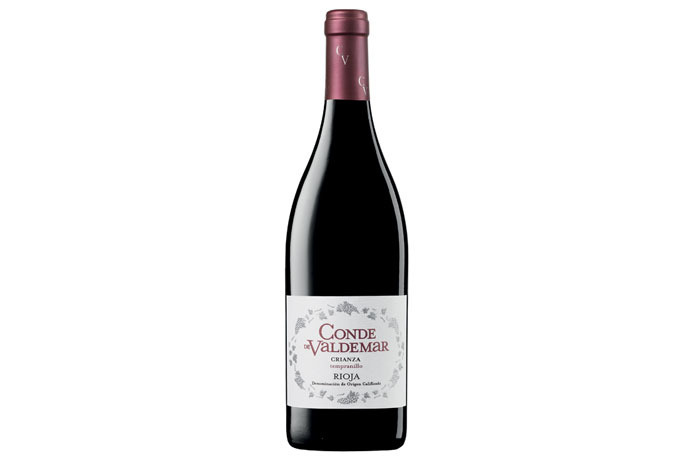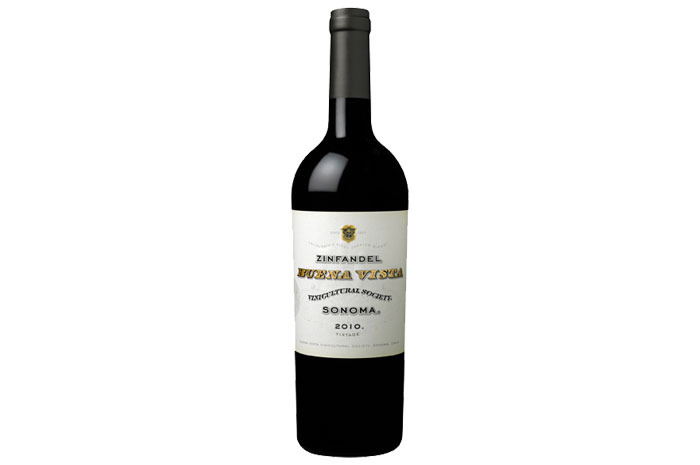Best Wines To Drink With Your Easter Feast Slideshow
On the assumption that you, like so many others, are indeed going to be sitting down to lamb or ham for Easter, you might well wonder what wine(s) would be the most amiable companions to the main course. It depends on what you like, of course, and on how the meat in question is prepared.
Baked ham with a sweet glaze
An obvious choice is a dry riesling, a wine that will offer a mere suspicion of sweetness to blend with the richness of the glaze and of the ham itself, offset by good acidity and forthright fruit. Australia's Clare Valley produces splendid examples at fair prices. Or try a spicy, mineral-tinged Chehalem Dry Riesling from Oregon's Willamette Valley.
Baked ham with a spicy glaze
Gewürztraminer is a fragrant, floral, mouth-filling kind of wine. People tend to love it or hate it (I'm in the former camp). While often vinified with some residual sugar, softening its sometimes aggressive character, the best examples for spicy food — and gewürz, incidentally, is German for "spice" — are dry wines, like those made by Oregon's Sineann Winery or Navarro Vineyards in California's Anderson Valley, or by any number of top Alsatian producers, for instance Trimbach.
Country Ham
These salty, earthy hams — America's prosciutto, if you will, though more intense in flavor and texture than their Italian counterpart — call for something that can match their intensity and character. A great choice is a wine that's not very well-known in America, though it's certainly available here: sparkling shiraz from Australia. That's right: a rich, dark, tannic, licorice-and-berry shiraz vinified with natural carbonation. The best of both worlds, in other words — concentrated, mouth-filling fruit and gorgeous complexity presented with the counterpoint of refreshing, enlivening fizz. A classic example is Shingleback "Black Bubbles," whose name suggests its inky hue, if not its nonstop grapey savor and excellent balance.
Ham Steaks
Some people like a fragrant, pretty pinot noir with their ham; some people prefer something more earthy and ripe, maybe something from the Languedoc or Provence. I say split the difference and go for a top-of-the-line pinotage. This uniquely South African grape is a cross between pinot noir and a variety called cinsaut (or cinsault), prominent in parts of southern France, that can have a meaty, smoky character that beefs up the prettiness of the pinot. With a nice, thick ham steak moistened with coffee-based redeye gravy or an Irish-style parsley–cream sauce, a good pinotage (look for Kanonkop or Simonsig) provides grounding and a bouquet of complimentary flavors.
Roast Leg of Lamb
A classic dish like this, flavored simply with just salt and pepper and some slivers of garlic, calls for a classic accompaniment: a good red Bordeaux, the traditional partner to lamb in France, for good reason: Lamb is a very flavorful meat — a little gamy, a little sweet — so it needs a wine with plenty of fruit, sturdy tannins, and enough complexity to stand up to the lamb. Lafite or Latour would be nice if you're a one-percenter, but hardly necessary. If you want to splurge, a youngish St-Julien (Château Beychevelle 2010, for instance, at $100+ a bottle) would be delightful, but a more modest choice, like Château Greysac (appellation Médoc) at a third of that price would do very nicely too.
Roman-Style Baby Lamb (abbacchio)
The Roman version of roast lamb typically uses a rack or chops of lamb, not the leg, and is flavored not only with garlic but with rosemary and sometimes crushed anchovies and/or vinegar. Lamb likes cabernet (the main constituent of much Bordeaux), but in this case, cabernet franc — not sauvignon —marries particularly nicely with the meat. The grape typically provides plenty of acidity to cut through the lamb's richness, and a faintly vegetal flavor plus juicy fruit to compliment the rosemary. You could stay Italian and choose one from the Friuli region in northeastern Italy, or go all-American with an example from one of New York's Long Island wine estates — for instance, Bedell Cellars.
Crown Roast of Lamb
The elegant presentation, popular on holiday tables, is much more festive (and impressive) than a mere rack of lamb, and also allows for a stuffing in the center. Lamb and Bordeaux may be one classic combination, but another is lamb and red wine from Rioja — the northwestern Spanish region famous not only for its beautiful wines but for its skill at roasting lamb. There are two directions you can go with Rioja for this dish: An inexpensive crianza or joven (young) bottling, forthright and dripping with fruit (strawberries, blackberries, ripe cherries), from a producer like Conde de Valdemar to perk up the lamb. Or opt for a more serious Rioja reserva, like that from Bodegas Montecillo, with well-developed flavors, earthy rather than fresh, often with hints of fennel or various wild herbs, speaking the same language as the lamb.
Spring Lamb Stew
Some cooks like to take advantage of the wealth of spring vegetables that are suddenly available this time of year — fresh peas, fava beans, asparagus, artichokes — to turn their lamb into a green-filled seasonal treat that is at once more complex and less imposing than a whole hunk of meat. Zinfandel, California's defining red-wine grape (let's not mention that "white" stuff here) is extremely versatile, capable of producing everything from port-like fortified wines and thick, dark, tannic monsters to light, fruity, enjoyable ones reminiscent of Beaujolais. Zinfandels in the latter style are perfect with a lamb-and-vegetable stew. Look for the luscious Green & Red Vineyard Chiles Mill or the bargain-priced Buena Vista Winery Sonoma.
